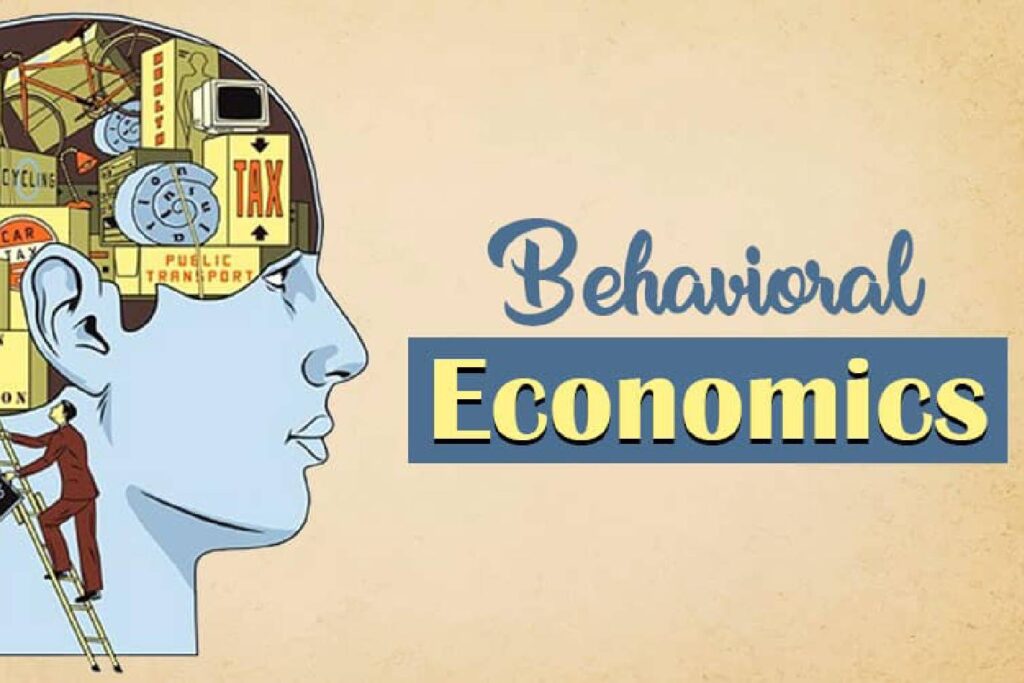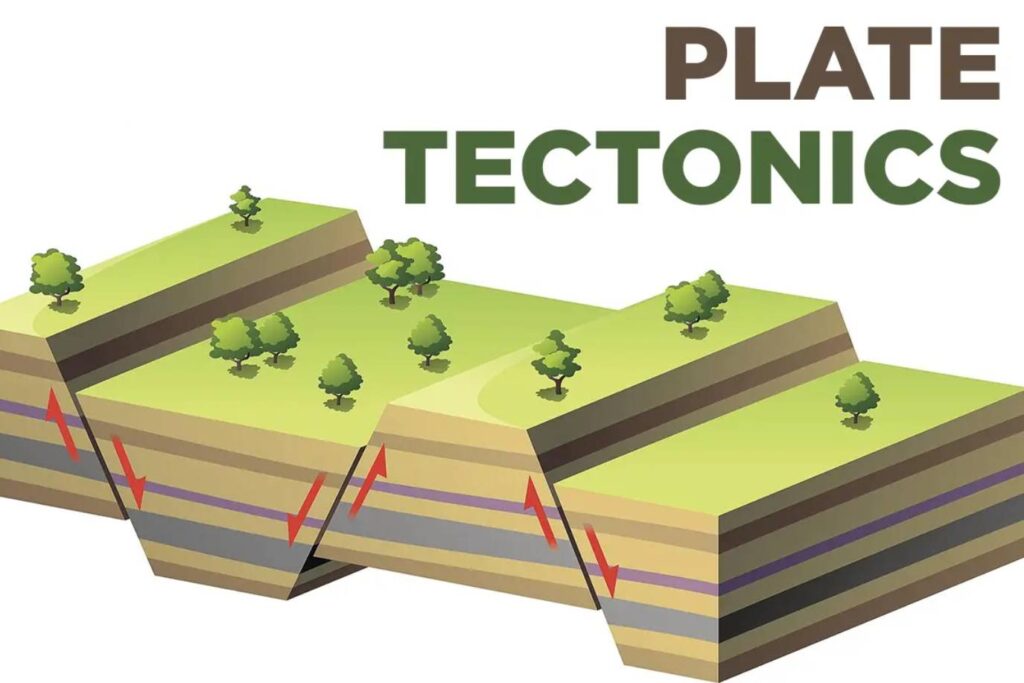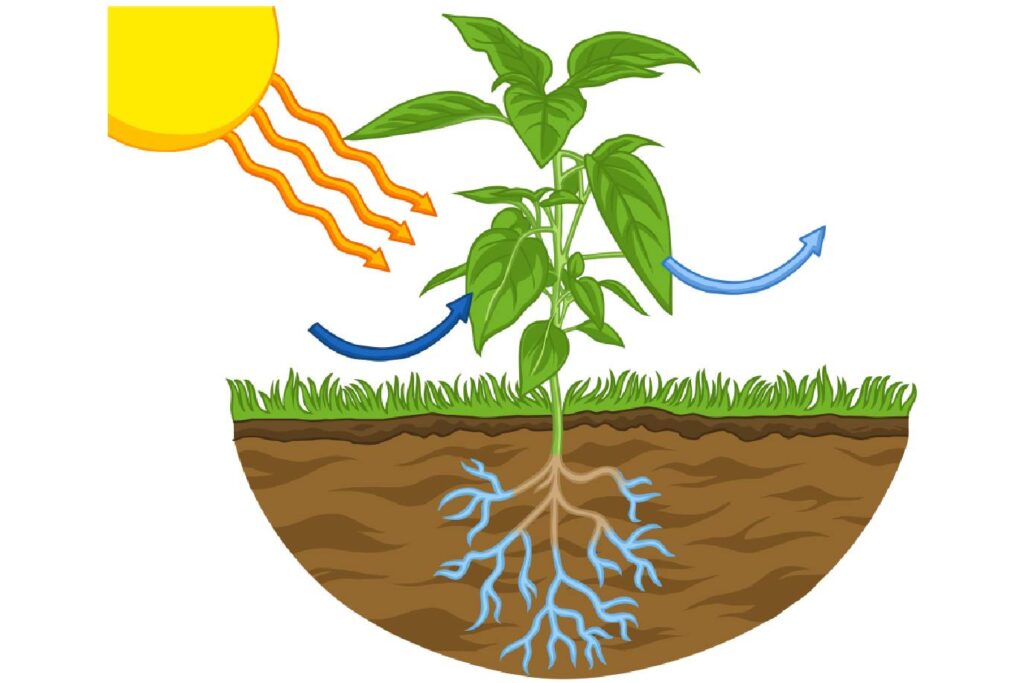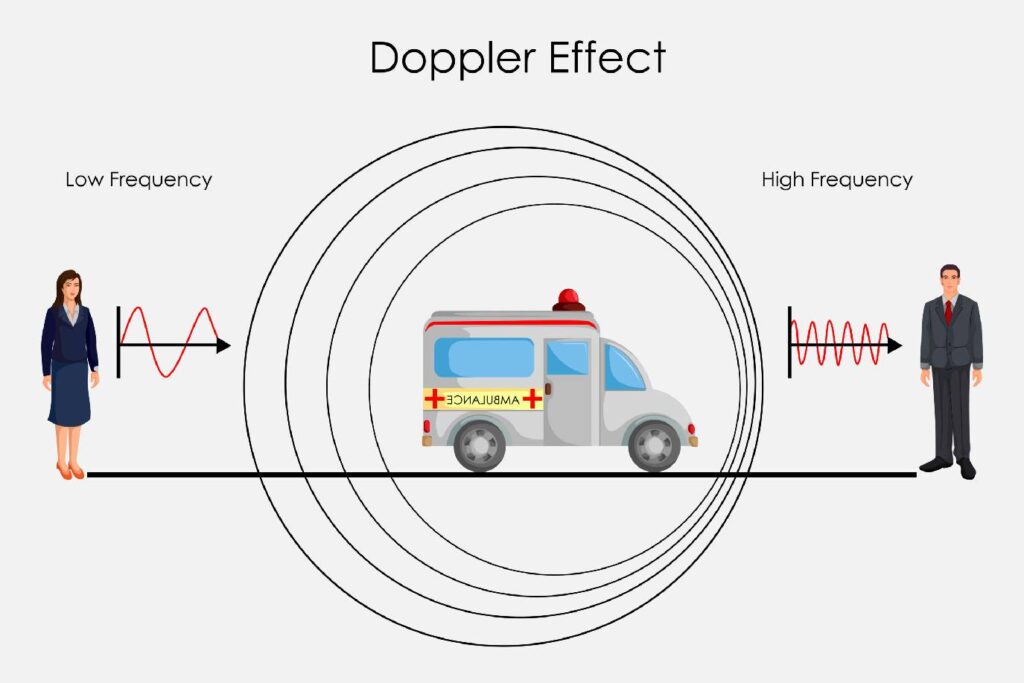Ve aqui e Inscribete a nuestro proximo TOEFL course
Video All The Way To Bottom
TOEFL Speaking Section – Task 3: Integrated Speaking Task (Academic Topic)
- Objective: Task 3 tests your ability to summarize and connect information from a short reading and a longer listening passage, both on an academic topic.
- Format:
- Reading Passage: Typically, you’ll start with a brief reading (about 100 words) presenting an academic concept, often from a textbook or university lecture. You’ll have about 45-50 seconds to read this passage.
- Listening Passage: Following the reading, you’ll listen to a lecture or a classroom discussion (about 2 minutes) related to the same topic. The listening part provides more detail, examples, or a different perspective on the concept.
- Your Response: Your task is to summarize the key points from the reading and explain how they are expanded upon in the listening passage.
- Preparation Time: After the listening passage, you have 30 seconds to prepare your response.
- Response Time: You have 60 seconds to speak.
Key Aspects of Task 3:
- Integration of Reading and Listening: You need to synthesize information from both the reading and listening passages. Start by summarizing the main points of the reading, then explain how the listening passage relates to or elaborates on these points.
- Focus on Key Points: Identify the main idea or concept in the reading and the most significant details or examples in the listening passage.
- Note-Taking Skills: Efficient note-taking is crucial. During the reading, jot down the main concept or terms. During the listening, focus on examples or explanations that relate to the reading.
- Clarity and Coherence: Present your response in a clear, structured, and coherent manner. Fluency and good pronunciation are also important for a high score.
Task 3 is distinct in that it involves more academic content and requires a clear understanding and explanation of academic concepts. Would you like to practice with a specific example for this task, or do you have any other questions about it? use the whatssapp bubble on the bottom right hand corner of your screen.
Task 3: Integrated Speaking Task (Academic Topic) Sample of the reading Listening and High Scored Response
Question 1:
Question: Summarize the main points from the lecture on behavioral economics. What are some key differences between behavioral economics and traditional economics, and what challenges does the field of behavioral economics address?

TOEFL Speaking Section Preparation
Updated Reading Passage 1: Behavioral Economics
Behavioral economics is a field of study that examines the effects of psychological, social, cognitive, and emotional factors on the economic decisions of individuals and institutions. Unlike traditional economics, which assumes that people are rational actors who seek to maximize their utility, behavioral economics explores why people sometimes make irrational decisions. It looks at how various biases, such as overconfidence or loss aversion, can lead to choices that deviate from standard economic predictions. Behavioral economists use these insights to better understand phenomena like market trends, personal finance habits, and public policy effectiveness. This approach has broadened the understanding of economic behavior, encompassing insights from psychology and sociology, and challenging the traditional notion that economic decision-making is purely logical. By incorporating a more realistic view of human behavior, behavioral economics offers a more nuanced understanding of how economic systems function.
Listening Passage Script: Lecture on Behavioral Economics
Sample Response for Set 1 (Behavioral Economics)
Question: Summarize the main points from the lecture on behavioral economics. What are some key differences between behavioral economics and traditional economics, and what challenges does the field of behavioral economics address?
“The reading was about behavioral economics. It says that people don’t always make choices based on logic. Instead, their decisions are often influenced by their feelings and biases.
TOEFL Speaking Section Preparation
In the lecture, the professor talked more about this. First, they explained ‘nudging’. This means making small changes to help people make better choices without forcing them. For example, putting healthy food at eye level in a cafeteria can make people choose it more. Then, the professor talked about how we value things we own more than things we don’t, like in a coffee mug experiment. They also mentioned how in policy-making, like retirement savings, making things automatic can help people save more. Lastly, they talked about ‘loss aversion’, where we are more scared of losing than happy about gaining the same amount.
TOEFL Speaking Section Preparation
So, the lecture gave more examples and showed how behavioral economics is used in real life, making it clearer how our decisions are not always based on logic.”
Question 2:
Question: Based on the lecture, describe the theory of plate tectonics. How does this theory explain various geological phenomena such as earthquakes and mountain formation?

TOEFL Speaking Section Preparation
Reading Passage 2: Plate Tectonics
Plate tectonics is a scientific theory that explains the movement of the Earth’s lithosphere, which is divided into several large plates. According to this theory, the Earth’s surface is broken into a number of shifting slabs or plates, which average about 80 kilometers in thickness. These plates move and interact at their boundaries, where they converge, diverge, or slide past one another. This movement is responsible for most of the seismic activity on Earth, including earthquakes, volcanic eruptions, and the formation of mountain ranges. The theory of plate tectonics is a fundamental principle in geology, providing an explanation for the distribution of geological phenomena across the planet.
Listening Passage Script: Lecture on Plate Tectonics
Sample Response for Set 2 (Plate Tectonics)
Q: Based on the lecture, describe the theory of plate tectonics. How does this theory explain various geological phenomena such as earthquakes and mountain formation?
“The reading was about plate tectonics. It’s a theory that says the Earth’s surface is made of big plates that move. This movement causes things like earthquakes and mountains.
TOEFL Speaking Section Preparation
In the lecture, the professor went into more detail. They talked about ‘subduction’, which happens when one plate goes under another. This causes big earthquakes and volcanoes, like in the Pacific Ring of Fire. They also explained how mountains are made. For example, the Himalayas were formed by two plates hitting each other. Then, they talked about deep ocean trenches made at places where plates meet and push one down. The last thing they talked about was ‘sea-floor spreading’. This happens when new land is made at the bottom of the ocean, which helped prove the theory of plate tectonics.
TOEFL Speaking Section Preparation
In summary, the lecture gave more information about how plate tectonics explains many things about the Earth, like why we have earthquakes and mountains.”
Simplified TOEFL Speaking Task 3 Response Template
- Introduction (10-15 seconds)
- Start by briefly summarizing the main point of the reading passage.
- Use simple phrases like: “The reading was about [main topic]. It says that [main point of the reading].”
- Summarize the Listening Passage (30-40 seconds)
- Transition to the listening passage: “In the lecture, the professor talked more about this.”
- Highlight key points or examples given in the lecture related to the reading.
- Use simple sentences: “First, they mentioned [first key point]. This is like [example or explanation]. Then, they talked about [second key point].”
- If there are more points, continue with: “Also, they explained [another point].”
- Conclusion (10-15 seconds)
- Conclude by summarizing how the lecture added to the reading.
- Finish with a simple closing: “So, the lecture gave more information about [topic], showing [how it relates to the reading or its real-world importance].”
Example Usage of the Template:
Suppose the reading is about renewable energy, and the lecture discusses various renewable energy sources.
- Introduction: “The reading was about renewable energy. It says that it’s important to find energy sources that don’t harm the environment.”
- Summarize the Listening Passage: “In the lecture, the professor talked more about this. First, they mentioned solar energy, which uses sunlight to make electricity. Then, they talked about wind energy, which comes from wind turbines. Also, they explained about hydro energy, which is made by moving water.”
- Conclusion: “So, the lecture gave more information about different kinds of renewable energy, showing how they help protect the environment.”
TOEFL Speaking Section Preparation
Here Are 2 More Sample Integrated Speaking Task Questions (Academic Topic) to Practice on, Please Remember to Follow the Template, and Record Your Answer.
Question 3:
Question: Explain the process of photosynthesis and its importance as described in the lecture. How does photosynthesis contribute to life on Earth and climate regulation?

Reading Passage: Photosynthesis
Photosynthesis is the process by which green plants and some other organisms use sunlight to synthesize nutrients from carbon dioxide and water. Photosynthesis in plants generally involves the green pigment chlorophyll and generates oxygen as a by-product. This process is essential for life on Earth, as it provides the oxygen we breathe and the food we eat. It is also a key factor in controlling the amount of carbon dioxide in the atmosphere, making it critical for climate regulation. Through photosynthesis, plants play a fundamental role in sustaining the planet’s ecosystems, supporting a diverse range of life forms. In addition, understanding this process is crucial for advancements in agricultural technology and for tackling environmental challenges related to climate change.
Listening: Photosynthesis
Use Template for making an answer
Question: Explain the process of photosynthesis and its importance as described in the lecture. How does photosynthesis contribute to life on Earth and climate regulation?
- Introduction:
- Summarize the Listening Passage:
- Conclusion:
Question 4:
Q: Describe the Doppler Effect and its applications as outlined in the lecture. What are some practical uses of the Doppler Effect in different fields?

TOEFL Speaking Section Preparation
Reading Passage: The Doppler Effect
The Doppler Effect refers to the change in the frequency of a wave in relation to an observer who is moving relative to the wave source. It’s most commonly heard in the change of pitch of a siren or horn as it moves towards and then away from an observer. This effect is used in various applications, including radar and medical imaging. In astronomy, it helps scientists determine the speed and direction of moving stars and galaxies, making it an essential tool in understanding the universe.
Listening: Lecture on The Doppler Effect
Use Template for making an answer
Q: Describe the Doppler Effect and its applications as outlined in the lecture. What are some practical uses of the Doppler Effect in different fields?
- Introduction:
- Summarize the Listening Passage:
- Conclusion:

